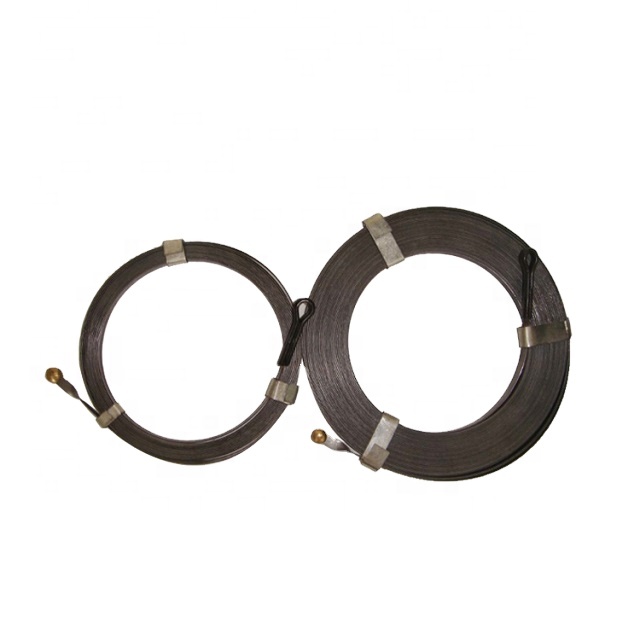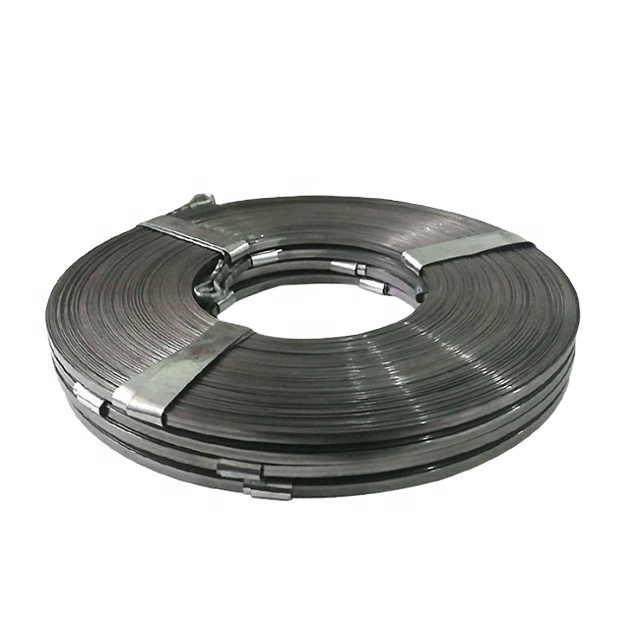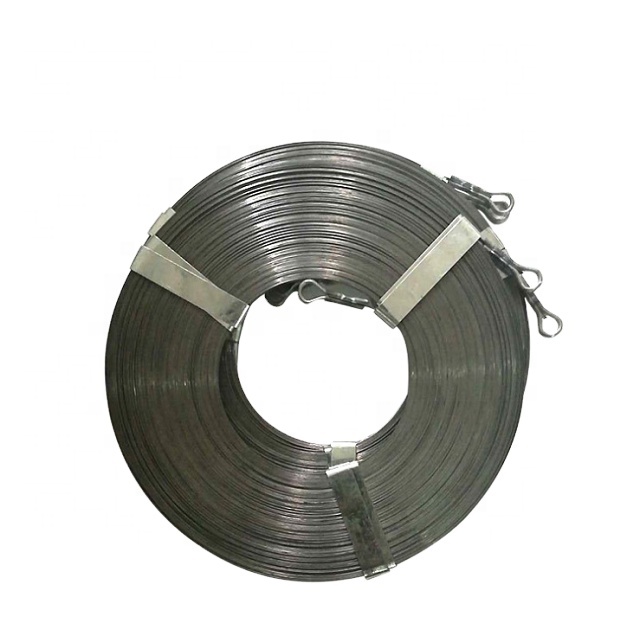Threading wires through conduits can be challenging. Fish tape makes this task faster and easier. You can rely on it to guide wires through tight spaces without damaging them. By mastering fish tape techniques, you improve safety and achieve professional results in your wiring projects. This skill saves time and enhances efficiency.
Key Takeaways
- Fish tape helps pull wires through small spaces easily and safely.
- Pick the right fish tape for your job: steel is strong, fiberglass is safe, and nylon bends well.
- Wear safety gear like gloves and goggles to stay safe from harm during electrical work.
Understanding Fish Tape
What Is Fish Tape
Fish tape is a tool used to pull wires through conduits or walls during electrical installations. It is a long, flexible strip made from materials like steel, fiberglass, or nylon. You can use it to guide wires through tight spaces without damaging them. Its design includes a reel for storage and a hook or loop at the end for attaching wires.
Types of Fish Tape
Fish tape comes in different materials, each suited for specific tasks:
- Steel Fish Tape: Strong and durable, ideal for heavy-duty projects.
- Fiberglass Fish Tape: Lightweight and non-conductive, perfect for working near live wires.
- Nylon Fish Tape: Flexible and resistant to corrosion, great for navigating tight bends.
Choosing the right type depends on your project needs. Steel works well for strength, while fiberglass ensures safety in electrical environments.
Features of Flat Steel Fish Tape 3.2mmX0.5mm by Judin Line
The Flat Steel Fish Tape 3.2mmX0.5mm by Judin Line is a reliable tool for professionals and DIY enthusiasts. Its flat steel construction offers durability and strength, making it suitable for heavy-duty use. With dimensions of 3.2mm in width and 0.5mm in thickness, it balances flexibility and sturdiness.
This fish tape can handle a safe load of up to 200 kilograms and has a breaking strength of 300 kilograms. It is available in lengths ranging from 15 meters to 80 meters, providing options for various wiring projects. The design simplifies the process of threading wires through conduits, saving time and effort.
Common Uses of Fish Tape in Wiring Projects
Fish tape is essential for many wiring tasks. You can use it to:
- Pull wires through conduits in walls, ceilings, or floors.
- Thread cables in tight spaces during home renovations.
- Install electrical systems in commercial buildings.
- Replace old wiring without damaging existing conduits.
Its versatility makes it a must-have tool for electricians and DIYers alike.
Step-by-Step Guide to Using Fish Tape
Preparing Your Workspace and Tools
Before you begin, organize your workspace to ensure a smooth process. Clear any clutter around the area where you will work. This reduces the risk of accidents and makes it easier to move around. Gather all the tools you need, including the fish tape, electrical wires, and any connectors or tape.
Inspect the conduit for obstructions or damage. If you notice any debris or sharp edges, clean or repair them to prevent issues during the wiring process. Wear gloves to protect your hands and safety glasses to shield your eyes from debris. A well-prepared workspace sets the foundation for a successful wiring project.
Unreeling and Feeding the Fish Tape
Start by unreeling the fish tape from its spool. Hold the reel firmly in one hand and pull the tape out with the other. Extend only the length you need to avoid tangling.
Insert the end of the fish tape into the conduit. Push it gently but steadily, guiding it through the conduit. If you encounter resistance, stop and check for obstacles. For tight bends, use short, controlled pushes to navigate the tape through the curve. Avoid forcing the tape, as this could damage it or the conduit.
Tip: Mark the tape at intervals with a marker to track how far it has gone into the conduit. This helps you estimate the remaining distance.
Attaching Wires to the Fish Tape
Once the fish tape reaches the other end of the conduit, attach the wires securely. Use electrical tape to fasten the wires to the loop or hook at the end of the tape. Wrap the tape tightly to prevent the wires from slipping off during the pull.
Ensure the connection is smooth and streamlined. This reduces the chances of the wires snagging on the conduit walls. Double-check the attachment before proceeding to the next step.
Pulling the Fish Tape Through the Conduit
With the wires attached, return to the starting point of the conduit. Begin pulling the fish tape back through the conduit slowly and steadily. Use both hands to maintain control and prevent jerky movements.
If you feel resistance, stop and adjust your pull. Check for any snags or twists in the wire. Pulling too hard can damage the wires or the fish tape. Patience and steady pressure are key to completing this step successfully.
Detaching Wires and Storing the Fish Tape
Once the wires emerge from the conduit, detach them from the fish tape. Carefully remove the electrical tape and inspect the wires for any damage. If everything looks good, proceed with connecting the wires to their intended terminals.
Finally, clean the fish tape to remove any dirt or debris. Reel it back into its spool for safe storage. Proper maintenance ensures your fish tape remains in good condition for future use.
Safety and Troubleshooting Tips
Essential Safety Gear (Gloves, Eye Protection, etc.)
Wearing the right safety gear protects you from injuries during wiring projects. Always wear gloves to shield your hands from sharp edges or debris. Use safety glasses to protect your eyes from dust or small particles. If you’re working in a confined space, consider wearing a dust mask to avoid inhaling harmful particles. Proper gear ensures you can work confidently and safely.
Avoiding Electrical Hazards
Before starting, turn off the power supply to the area you’re working on. Use a voltage tester to confirm there’s no live current in the conduit. Avoid working near water or damp areas, as moisture increases the risk of electric shock. Always handle wires and tools with dry hands. Staying cautious minimizes the chances of electrical accidents.
Preventing Damage to Wires and Conduits
Inspect the conduit for sharp edges or obstructions before feeding wires. Use smooth, steady movements when pulling wires to avoid kinks or tears. If you’re working with multiple wires, bundle them neatly to prevent tangling. Taking these precautions keeps your wires and conduits in good condition.
Troubleshooting Common Issues (Snags, Breaks, etc.)
If the fish tape gets stuck, stop pulling immediately. Gently wiggle it back and forth to free it. For snags, check the conduit for debris or sharp bends. If the tape breaks, retrieve the broken piece before continuing. Addressing issues promptly prevents further complications.
Cleaning and Maintaining Your Fish Tape
After each use, clean the fish tape with a dry cloth to remove dirt or grease. Inspect it for signs of wear, such as bends or cracks. Store it in its reel to prevent tangling or damage. Regular maintenance extends the life of your tool and ensures it’s ready for your next project.
Mastering the use of fish tape transforms wiring projects into efficient and hassle-free tasks. By following the outlined steps, you can achieve professional results while ensuring safety. Practice regularly to refine your technique and build confidence. For reliable performance, choose high-quality tools like the Flat Steel Fish Tape 3.2mmX0.5mm by Judin Line.
 |
 |
 |
FAQ
How do you choose the right fish tape for your project?
Consider the material and length. Steel works for heavy-duty tasks, fiberglass for safety near live wires, and nylon for flexibility in tight spaces.
Tip: Match the fish tape length to the conduit size for better efficiency.
Can you use fish tape for non-electrical purposes?
Yes, fish tape can guide cables for internet, TV, or other low-voltage systems. Its versatility makes it useful for various wiring tasks.
What should you do if the fish tape gets stuck?
Stop pulling immediately. Wiggle the tape gently to free it. Check for obstructions or sharp bends in the conduit before continuing.
Note: For persistent issues, inspect the conduit for damage or debris.
Post time: May-20-2025







